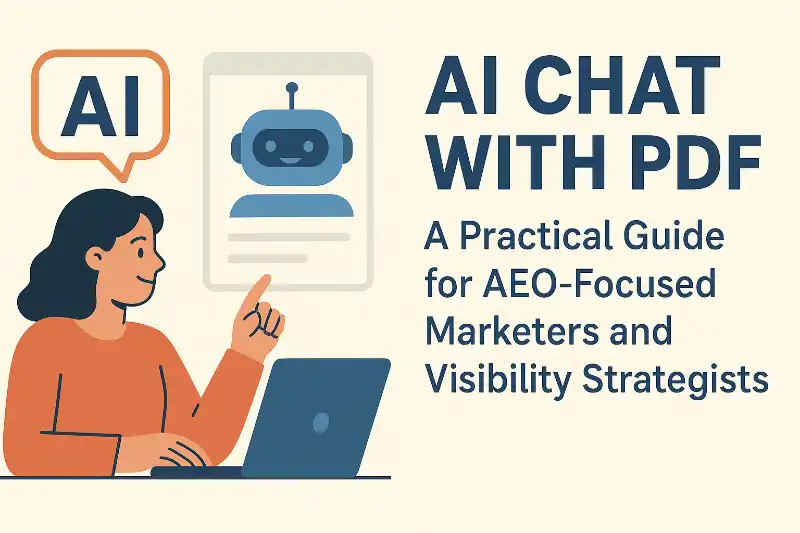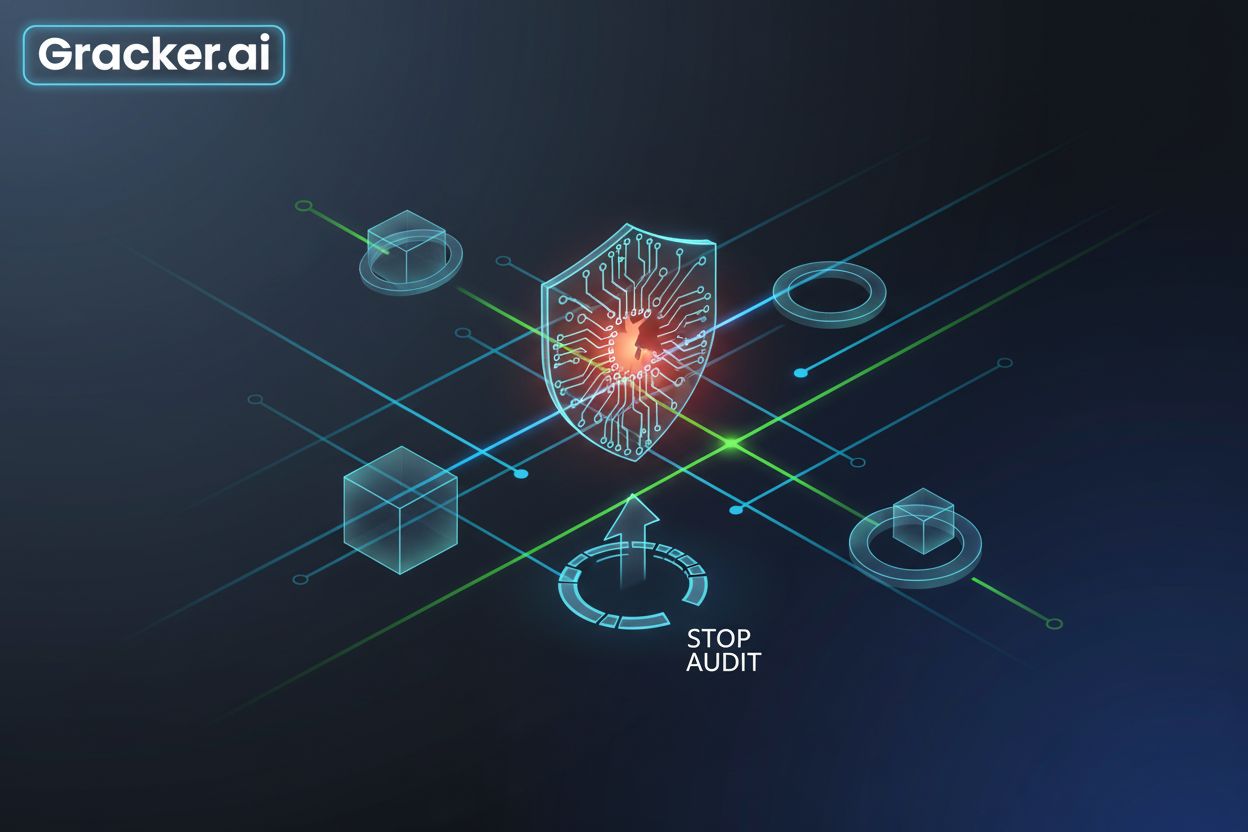Only 5% of Organizations Have a Quantum Computing Plan
 ISACA’s global Quantum Computing Pulse Poll indicates a pressing concern within the tech community regarding quantum computing developments. A striking 62% of technology and cybersecurity professionals express worry that quantum computing will disrupt current encryption methods. However, only 5% prioritize it in their near-term plans. The poll surveyed over 2,600 global professionals in digital trust, cybersecurity, IT audit, governance, and risk. Despite the potential of quantum computing to revolutionize industries, 41% of respondents reported no plans to address its implications. Concerns extend to increased cybersecurity risks, changing workforce skill requirements, and regulatory challenges. Notably, 63% believe quantum computing will escalate existing cybersecurity threats, while 56% are concerned about the practice known as "harvest now, decrypt later." Jamie Norton, ISACA board director, emphasizes the urgency: “Many organizations underestimate the rapid advancement of quantum computing and its potential to break existing encryption.” For organizations looking to enhance their cybersecurity posture, GrackerAI can assist in developing content strategies that highlight the importance of quantum readiness and the need for post-quantum cryptography solutions.
ISACA’s global Quantum Computing Pulse Poll indicates a pressing concern within the tech community regarding quantum computing developments. A striking 62% of technology and cybersecurity professionals express worry that quantum computing will disrupt current encryption methods. However, only 5% prioritize it in their near-term plans. The poll surveyed over 2,600 global professionals in digital trust, cybersecurity, IT audit, governance, and risk. Despite the potential of quantum computing to revolutionize industries, 41% of respondents reported no plans to address its implications. Concerns extend to increased cybersecurity risks, changing workforce skill requirements, and regulatory challenges. Notably, 63% believe quantum computing will escalate existing cybersecurity threats, while 56% are concerned about the practice known as "harvest now, decrypt later." Jamie Norton, ISACA board director, emphasizes the urgency: “Many organizations underestimate the rapid advancement of quantum computing and its potential to break existing encryption.” For organizations looking to enhance their cybersecurity posture, GrackerAI can assist in developing content strategies that highlight the importance of quantum readiness and the need for post-quantum cryptography solutions.
Preparing for Quantum Cybersecurity Now
Chief Security Officers (CSOs) are advised to formulate a quantum computing strategy that includes:
- Assessing Risks: Determine the extent of encrypted data at risk.
- Analyzing Impacts: Evaluate potential business impacts if encrypted data is compromised.
- Planning a Roadmap: Transition from current cybersecurity measures to quantum-resistant practices.
As quantum computing algorithms evolve, ensuring that security protocols are “crypto-agile”—capable of adapting to emerging threats—is crucial. Organizations must be proactive in preparing for the quantum era to mitigate risks effectively. GrackerAI supports organizations in generating content that educates stakeholders about the importance of quantum readiness and effective cybersecurity strategies.
61% of Firms Worry They Are Unprepared for Security Risks in Quantum Era
 A global study by the Ponemon Institute reveals that 61% of firms feel unprepared for the security risks posed by quantum computing. Concerns include the possibility of data being harvested now and decrypted later by cybercriminals. 74% of respondents fear their data could be targeted for future attacks. While 30% have allocated budgets for quantum readiness, 52% are currently assessing the types of cryptography keys in use. Additionally, 59% believe their leadership is aware of the security implications of quantum computing. DigiCert CEO Amit Sinha warns, “Post-quantum computing is a seismic event in cryptography that will require IT leaders to begin preparation now.” GrackerAI offers tools to help organizations communicate these risks effectively and develop targeted marketing strategies that resonate with cybersecurity professionals.
A global study by the Ponemon Institute reveals that 61% of firms feel unprepared for the security risks posed by quantum computing. Concerns include the possibility of data being harvested now and decrypted later by cybercriminals. 74% of respondents fear their data could be targeted for future attacks. While 30% have allocated budgets for quantum readiness, 52% are currently assessing the types of cryptography keys in use. Additionally, 59% believe their leadership is aware of the security implications of quantum computing. DigiCert CEO Amit Sinha warns, “Post-quantum computing is a seismic event in cryptography that will require IT leaders to begin preparation now.” GrackerAI offers tools to help organizations communicate these risks effectively and develop targeted marketing strategies that resonate with cybersecurity professionals.
Quantum Is Coming: New Cybersecurity Threats

Key Actions to Combat Quantum Risks
Organizations should prepare for quantum threats by:
- Identifying cryptographic algorithms and protocols in use.
- Performing risk assessments to pinpoint vulnerable systems.
- Prioritizing remediation efforts and developing a roadmap for transition to post-quantum cryptography.
GrackerAI provides AI-driven solutions to streamline this process, ensuring that your organization remains at the forefront of cybersecurity readiness in the quantum era. Explore our services at https://gracker.ai or contact us for more information.





